Picture of Richard Feynman
UPI/Bettmann
Richard Feynman
Richard Feynman was an American physicist who lived between 1918-1988. He is famous for his contributions in building the first nuclear bomb and for his work in understanding the way electrons behave.
He also developed safer methods for the storage of nuclear wastes and solved the mystery behind the space shuttle Challenger's explosion.
You might also be interested in:

How did life evolve on Earth? The answer to this question can help us understand our past and prepare for our future. Although evolution provides credible and reliable answers, polls show that many people turn away from science, seeking other explanations with which they are more comfortable.
...more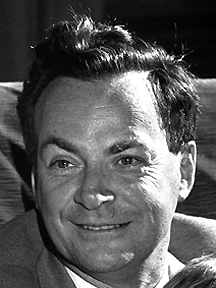
Richard Feynman was an American physicist who lived between 1918-1988. He is famous for his contributions in building the first nuclear bomb and for his work in understanding the way electrons behave.
...more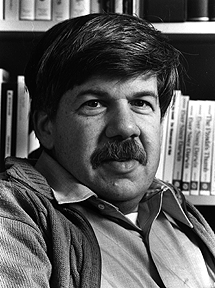
Stephen Jay Gould was an American biologist who was born in 1941. He revised Darwin's theory of evolution, showing that it isn't the gradual process everyone had thought. Gould was a professor at Harvard
...more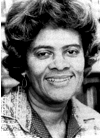
Evelyn Granville is an American mathematician who was born in 1924. She was one of the first black women in the United States to receive a Ph.D. in mathematics. She has helped NASA's Space Shuttle program
...more
Stephen Hawking is an English physicist who was born in 1942. He is famous for his work on black holes. Hawking suffers from a very serious illness and is confined to a wheelchair, unable to speak. He
...more
Gerard Kuiper was an American astronomer who lived between 1905-1973. He is considered the father of modern planetary science for his brilliant study of our solar system. Kuiper developed new techniques
...more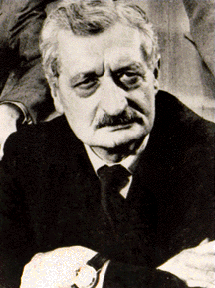
Hermann Oberth was born in Transylvania, Romania. He was a physicist who lived between 1894-1989. At a young age, he read fantasy books about voyages to the moon, but became convinced that space travel
...more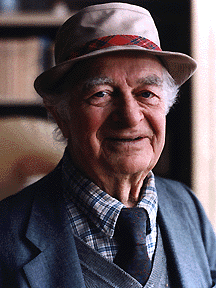
Linus Pauling was an American chemist who lived between 1901-1994. He explained how atoms combine to form molecules, the building blocks of nature. Pauling won two Nobel prizes during his life. One was
...more














